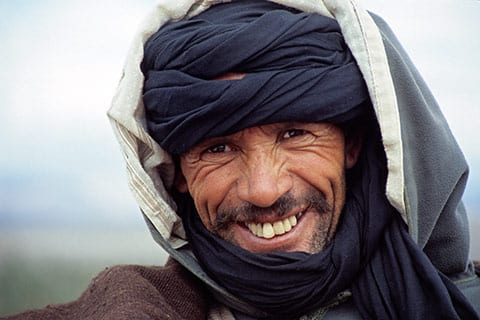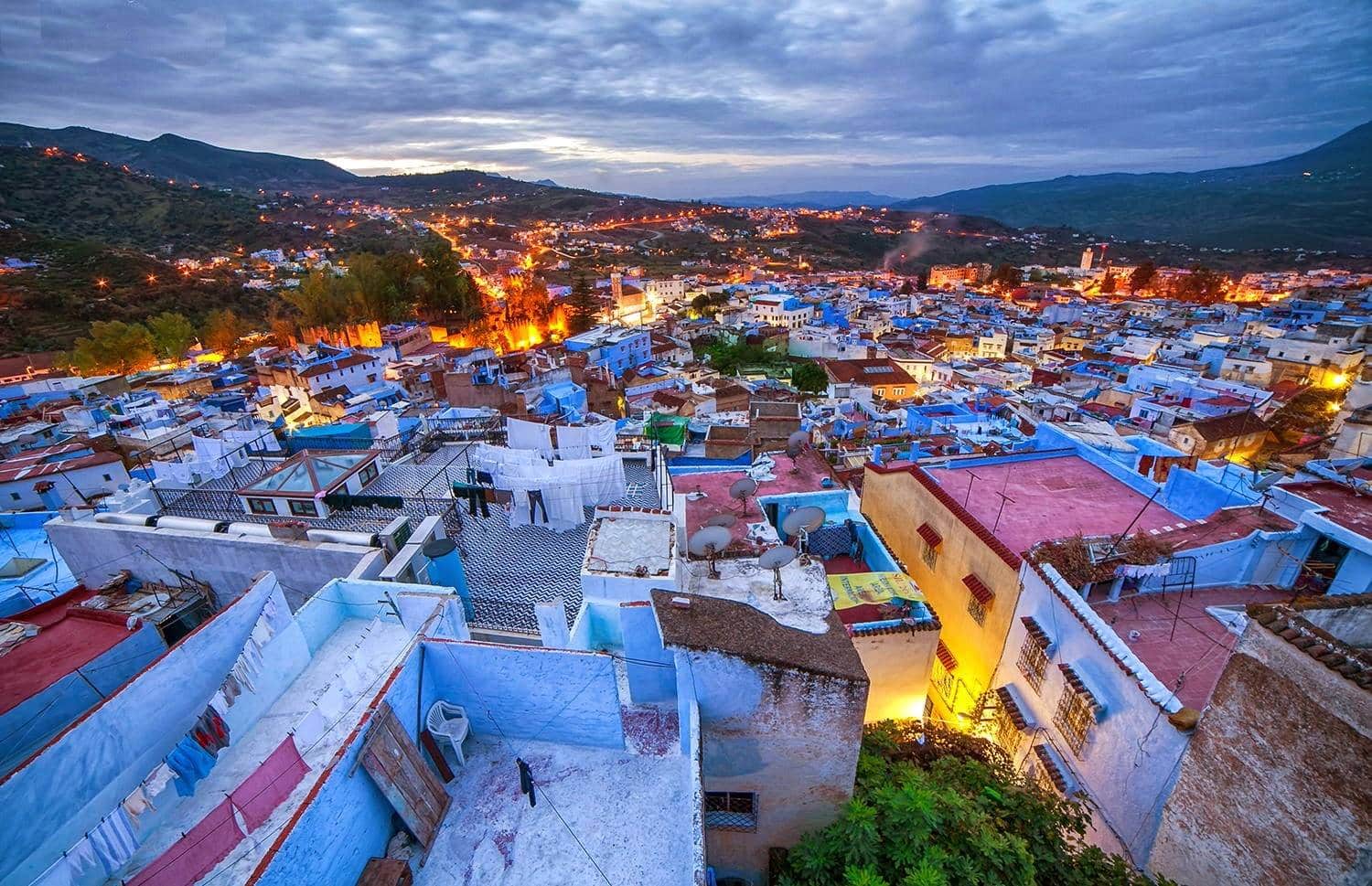By Margaret Jackson,
Spend any amount of time in Morocco, and you’re bound to trip across one of the most defining characteristics of the country:the Berbers. As the original inhabitants of Morocco, they are rightly proud of the contributions they’ve made in shaping the country. With a unique language and culture, the Berbers stand out as one of last bastions of tradition in an ever-modernizing world; while even the oldest villagers now happily chat on cell phones, they do so in a tongue almost impenetrable to anyone from the outside world.
Most figures put the Berber population of Morocco at around 40 percent of the nation’s 32 million people, though almost 80 percent of the country claims at least some Berber heritage. Smaller Berber populations can also be found in Algeria, Tunisia, Mauritania and Mali. Most historians believe Berbers first arrived in Morocco in the second or third millennium BCE. The name, Berber, is likely derived from the Roman word for barbarian, while they refer to themselves by the term Amazigh, or ‘free people.’ (A fun fact: Should you ever hear yourself called an arumi, you are being called a foreigner, or, literally, a Roman.)
While Berbers in Morocco have a common identity, they can be roughly separated into three distinct tribes. In fact, while nearly all Berbers refer to their language as Tamazight, it’s far from homogeneous. One Berber might not understand a compatriot just a few hours down the road, and dialects from across the country are nearly indecipherable.
In the north, the Riffian Berbers speak a dialect called Tarafit. This is the smallest Berber population in the country, and this group stays within the bounds of the Rif Mountains.
In the Middle Atlas are the Zayanes, who spread from Fes in the north to Marrakesh in the south. Their dialect, Tamazight, varies wildly from region to region but is usually intelligible by native speakers. Some Zayanes, particularly those near Ouarzazate in the south, are still nomads, traveling with their livestock as the seasons change.
The southern Atlas and Anti Atlas Mountains are home to the Shilhah. The Shilhah is the largest Berber tribe in the country and often viewed as having the most ‘pure’ Berber language, Tashlheit. The majority of Berber films and music are produced in the Tashlheit language.
While all Berbers will tell you straight away that they, as a people, have never been conquered, their national heritage and identity has historically been stamped down. The Moroccan government saw a threat in the autonomous mountain tribes and encouraged the assimilation of Berber culture into the larger Arab/Moroccan way of life. This has begun to change, however, and new education and cultural initiatives are now working to preserve Berber identity.
Many schools now teach a standardized form of Tamazight, and the Berber flag can be seen waving from innumerable shops and windows in nearly any city. Berber radio programs and a small film industry have both grown in recent years, and there is now even a satellite television channel that broadcasts exclusively in the Berber language.
This surge in national pride also means that Berbers will be thrilled to help you explore not only their region but their culture as well. If you show a genuine interest and ask questions, you’ll soon be welcomed into the circle and granted access to the homes (and kitchens!) of Morocco’s original inhabitants.
Smile, stay open minded and be prepared to become a member of the Amazigh.
Source: journeybeyondtravel
















